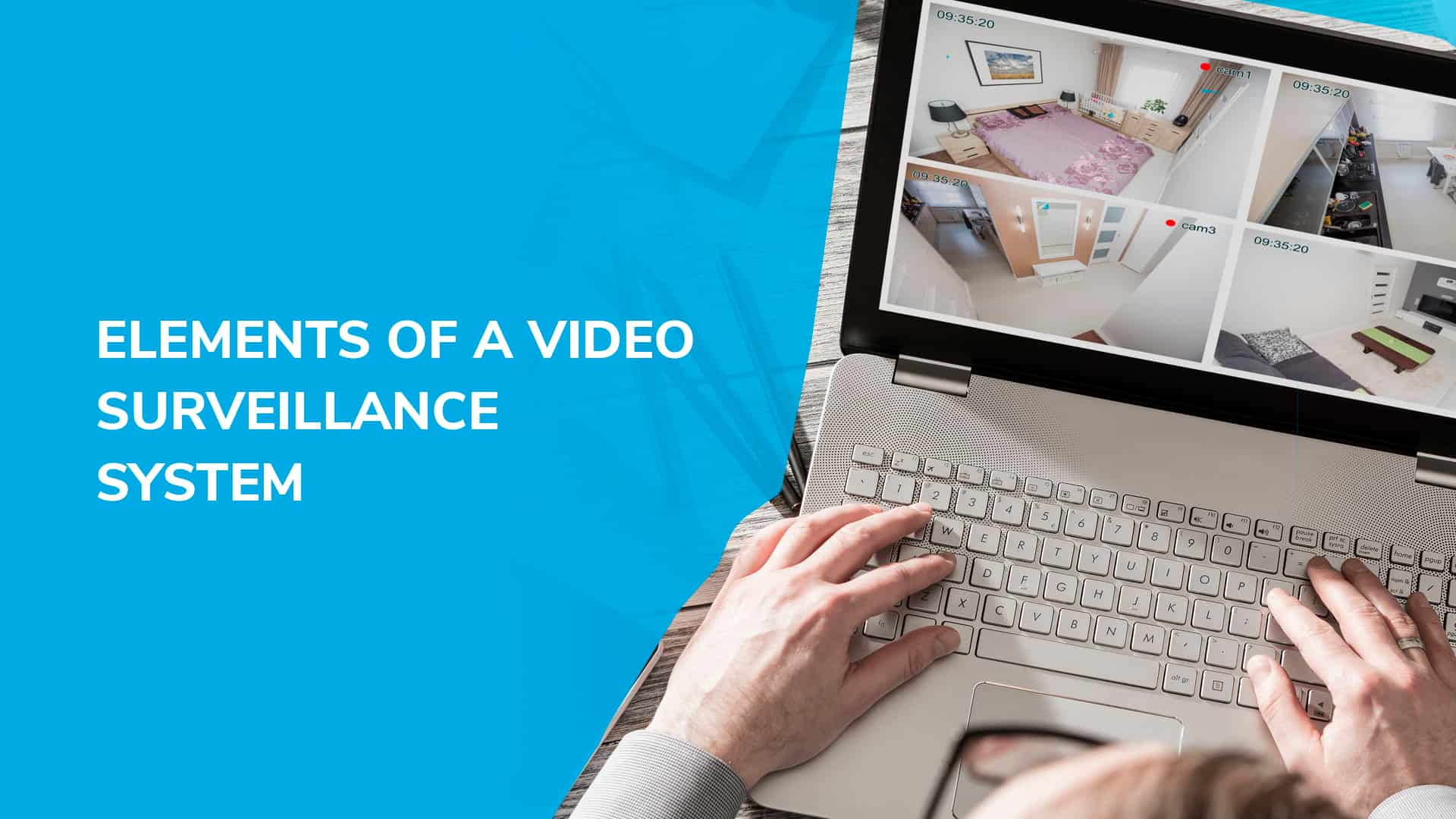An outside security system for homes is available to everyone today: simple and inexpensive devices widely represented on the market. Why an external system? After all, without street cameras, you will not know how the burglar entered your house, and you will not be able to eradicate the problem of robberies in the future. Hence, an external monitoring system will help you improve the security system of your home. Thanks to external cameras, you will find out how burglars entered your home and understand how to avoid a similar situation next time.

Elements of a video surveillance system
A classical video surveillance system consists of three main elements:
• a set of cameras that record video;
• a computer on which the results of video filming are processed, recorded, displayed on a monitor screen;
• a storage device (for example, a disk).
Outside security systems for homes can operate autonomously or be part of more complex equipment. For example, a video surveillance subsystem is almost always integrated into a “smart home” system. But the general principle of operation is approximately the same in all cases. In the simplest cases, the entire external video surveillance system at home consists of one video camera with a built-in Wi-Fi modem. Data is transmitted to any suitable computer or smartphone.
Camera selection
The camera should be selected according to certain criteria:
• the purpose of the installation;
• dimensions of the house or object;
• price policy;
• conditions of placement.
It is especially important to consider the last selection criterion, so let’s take a closer look.
Location
Outside security systems for homes must be protected from rain, snow, and other inclement weather conditions to avoid wear and tear. Therefore, ruggedized cameras are ideal for outdoor use. Alternatively, you can purchase a separate protective case. Do not forget that outdoor cameras must be protected from direct sunlight, which can spoil the picture. If the camera is installed in an open area, protect the lens from sunlight with a canopy. Also, check the operating temperature range (listed in the specifications) to ensure the camera can operate in both the warmest and coldest temperatures.
Placement height
Low-lying cameras must be protected from vandals and burglars. In such cases, an anti-vandal case can come in handy. It is better, of course, to place the camera so that it is difficult to get close to it (after all, to turn off the device, it is enough to cover the lens with electrical tape or spray it with paint from a can). It is also recommended to install video cameras hidden, for example, by embedding them in the wall during plastering work.
Most modern camcorders have sufficient sensitivity for normal operation in low light conditions. But it is better to give preference to cameras with IR illumination because they can work in complete darkness. But keep in mind that the backlight gives a high-quality image only at a certain distance from the camera to the object. Therefore, you need to know this distance and take it into account when placing cameras.
Lens angle of view
Remember, just one rule: the wider the angle of view, the more panoramic the frame will be, but the objects will be less noticeable.
Focal length
This is the distance from the optical center of the lens to the sensor array. It determines the lens’s magnifying power: the longer the focal length, the greater the magnification. Short throw lenses provide a wide field of view and are used for close-up panoramic observation. Long focus lenses are used to observe objects from a long distance.
How to arrange cameras correctly
The most important rule: there should be no blind spots that cannot be viewed around the perimeter of the protected object. For example, an apartment needs cameras to track approaches to all windows and the front door. The image quality (screen resolution) must be sufficient so that a moving object can be viewed in detail on the screen.
Take care of yourself and your home!
